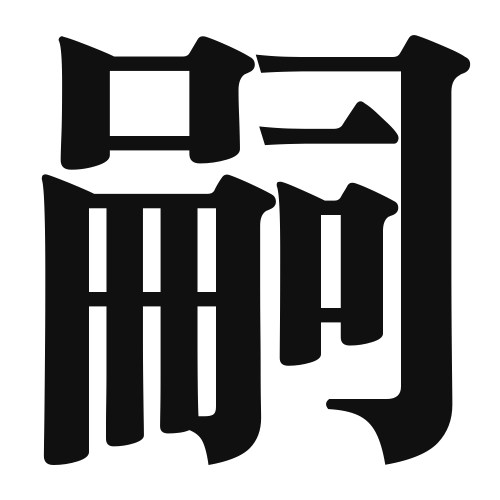1. Overview of Meaning
The kanji “嗣” (pronounced “shi” or “tsugi”) primarily means “to succeed” or “to inherit.” It is often used in the context of passing down titles, responsibilities, or lineage.
2. Formation and Radical
Formation of the Kanji: The kanji “嗣” is a phonetic compound (形声文字) that combines the elements of sound and meaning. The left part “口” (kuchi) represents “mouth,” while the right part “子” (ko) signifies “child,” suggesting the idea of a child speaking or inheriting something.
Radical: The radical of “嗣” is “口” (kuchi), which relates to speech or communication.
3. Examples of Usage
Common Words and Phrases: Some frequently used terms that include “嗣” are “嗣子” (shizi – heir) and “嗣業” (shigyou – inheritance).
Example Sentences in Daily Conversation:
- 彼は家族の嗣子として期待されています。 (He is expected to be the heir of the family.)
- この伝統は代々嗣が受け継いできました。 (This tradition has been passed down through generations.)
4. Synonyms and Antonyms
Similar Kanji: A similar kanji is “継” (ke – to continue), which also relates to succession but emphasizes the act of continuing something rather than inheriting it.
Opposite Kanji: An antonym is “断” (dan – to cut off), which signifies the opposite of succession or inheritance.
5. Cultural and Historical Background
Relation to Japanese Culture: In Japanese culture, the concept of inheritance is significant, especially in terms of family lineage and traditions. The kanji “嗣” reflects the importance of passing down family names and responsibilities.
Proverbs and Idioms: One relevant proverb is “子は鎹” (ko wa kasugai – a child is a bond), which emphasizes the idea that children connect generations and carry on family legacies.
